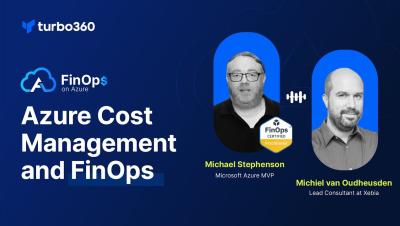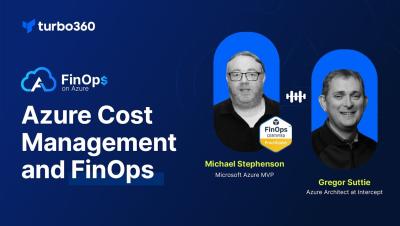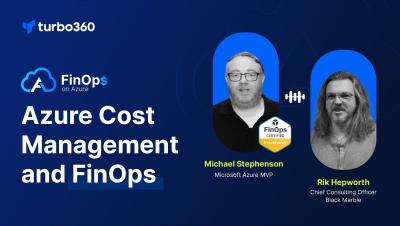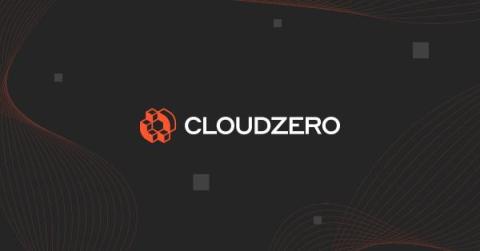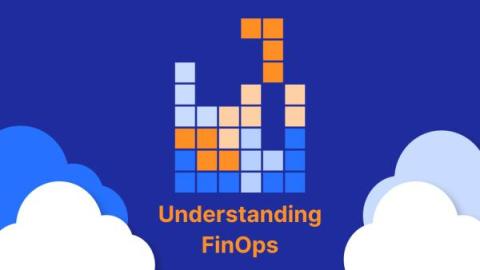Shift Left with FinOps
Shift FinOps Left In this FinOps on Azure episode, Mike (A FinOps certified practitioner) joins Michiel (Azure Cost Optimization Specialist) to discuss the concept of Shift left with FinOps - moving cloud financial operations & cost optimization earlier into the app development lifecycle. Michiel explains why most companies struggle with lack of cloud cost awareness and how to get started shifting FinOps left. He covers selecting a proof of concept team, providing FinOps training, tooling for visibility into costs/budgets, anomaly detection, and optimization techniques.


